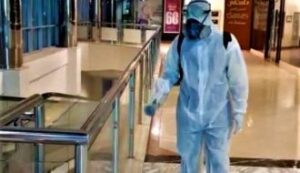Overpopulation of feral animals (cats, dogs, rabbits, etc.) or stray animals (goats, camels, cows, etc.) is a serious global problem that affects the community, environment, and public health. Since most of stray animals do not depend on humans for food and shelter, and therefore, can reproduce and increase uncontrollably. These may lead to road traffic accidents, and possible interaction with people, especially children, and may cause injuries through bites and scratches and may transmit zoonotic diseases.
ETS use trained personnel and adopt humane methods to capture the animal (which may include traps which do not harm the animal) and impound the animal.
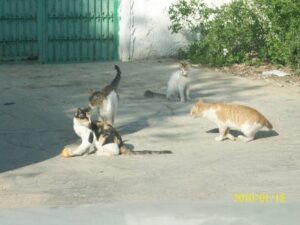
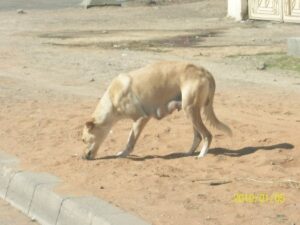
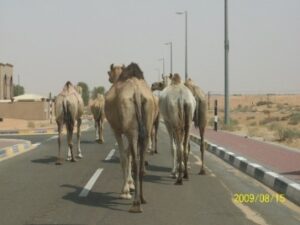
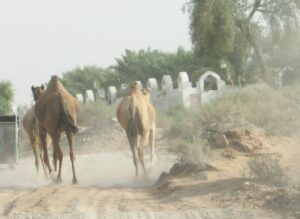
The animal impounding service ensures the protection of public health by managing animals that are stray, feral, or by nature of their proximity to human habitation, roadways, and other such situation as identified to cause a threat to humans.

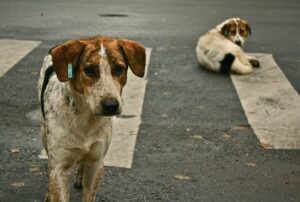
It is essential to set up a long-term approach to deal effectively with this issue. The objective is to protect the people against those animals and safeguard the welfare and health of the animals. Management of these animals depends on their types. Several methods are being used: poisoning, euthanasia, contraceptives, trap-neuter-return, or even gun shooting. Each of these methods has its advantages and disadvantages as to their cost, effectiveness, practicality, ethics, and other issues.
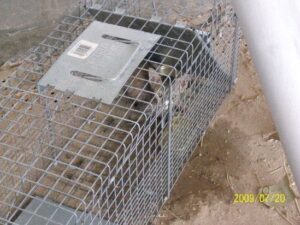
Pest control professionals should comply with local laws related to stray animal control measures, and work together with municipalities, veterinary agencies, and other government departments and organizations. These professionals should provide food, shelter, and medical care (treatment and vaccination), and control their reproduction. When our customer service department receives a call to attend to feral or stray animals, or any other dangerous pest (snakes), our technicians respond and attend to such call immediately, and within no longer than one hour. In order to protect the public from these animals, they should be captured and transported to the impounding facility.
The Impound facility should provide adequate shelter for animals and should take should into consideration the following, as a minimum:
- The separation of all animal types (for example cats, dogs, livestock);
- The separation of each animal into a separate enclosure (except for livestock of a like nature, example camels may be housed together);
- Facility with adequate shade, ventilation and such other facilities to ensure the animals do not overheat;
- The adequate provision of clean and potable water for the animals;
- Floors and walls should be cleaned and disinfected, at least once per day.
- A qualified veterinarian should visit the impounding facility each day when there is any animal impounded and provides special veterinary care whenever required.
- Disposal of animal waste should be removed daily.
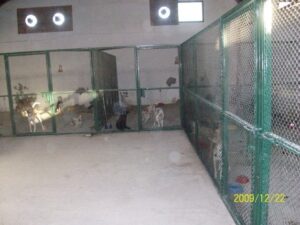
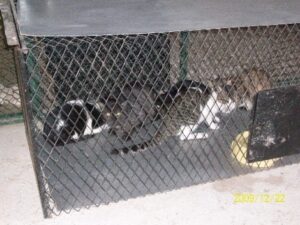
A quarantine unit should be constructed distant from the impounding facility to help minimise the risk of disease outbreak, and treat the infectious animals discreetly taking into account all safety measures designed to minimise potential risks.
At the impounding facility, ETS keeps a record of each animal impounded which includes the following:
- Complete description of the animal.
- The manner and date of impound.
- The location of the pick-up and identification of the impounding officer.
- The name and address of the redeemer or owner.
- The name and address of any person relinquishing the animal.
- All expenses occurring during impoundment.
- Details of medical treatment or any kind of services provided. These include the method(s) used for managing the animal.
In 2021, Tadweer (Abu Dhabi Waste Management Center) published a document entitled “Technical Guidelines Permitting Public Health Pest Control Companies” GL-LTCSD-PPHPC-01 in order to comply with the UAE Cabinet Decree no. 27 for 2012. The guidelines included a section on stray animals and covered the following information for pest control companies to follow:
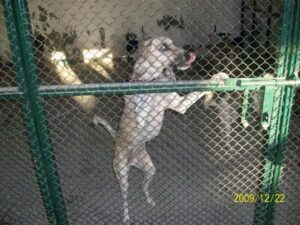
- Licensing requirements for stray animals impounding services.
- Stray animals’ transportation (vehicle requirements and GPS tracking system).
- Operational staff requirements such as qualifications of technicians, vaccinations, and compliance assessment.
- Stray animals’ shelter or hotel (technical requirements). Trapped animals should be kept in good condition which ensures animal welfare during the impounding periods.
- Tools and equipment necessary to perform animal impounding activities professionally and safely and effectively.
- Periodical training plan to be provided by the pest control company.
- Violations and fines for non-compliance to any of the requirements or procedures requested by local or federal regulatory authorities.
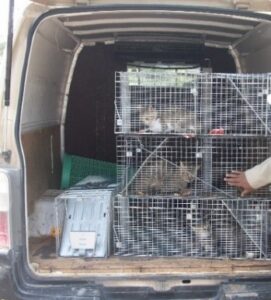
Special public awareness campaigns, on the importance of providing healthcare and shelter to these animals, should be conducted in the community should be raised.
ETS has a periodical training plan to carry effective training to its technicians, and as requested by Tadweer, the training is specialized in stray animal impounding techniques, methods, tools, and safety.


